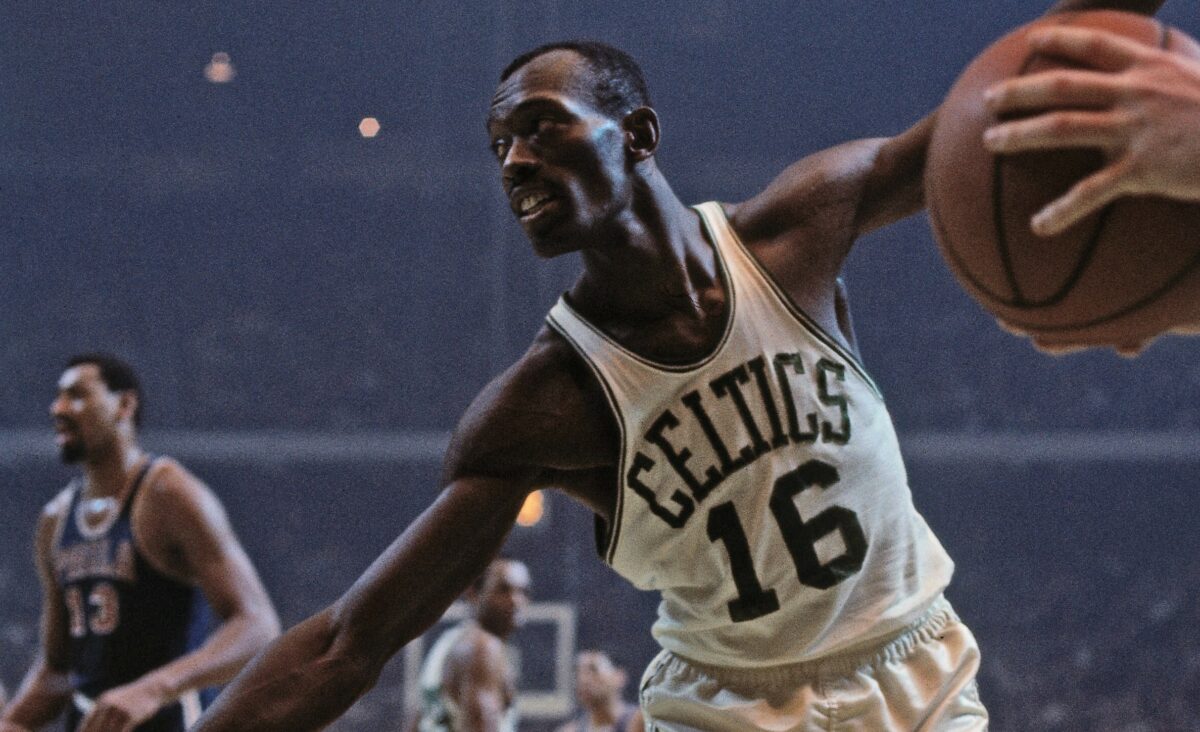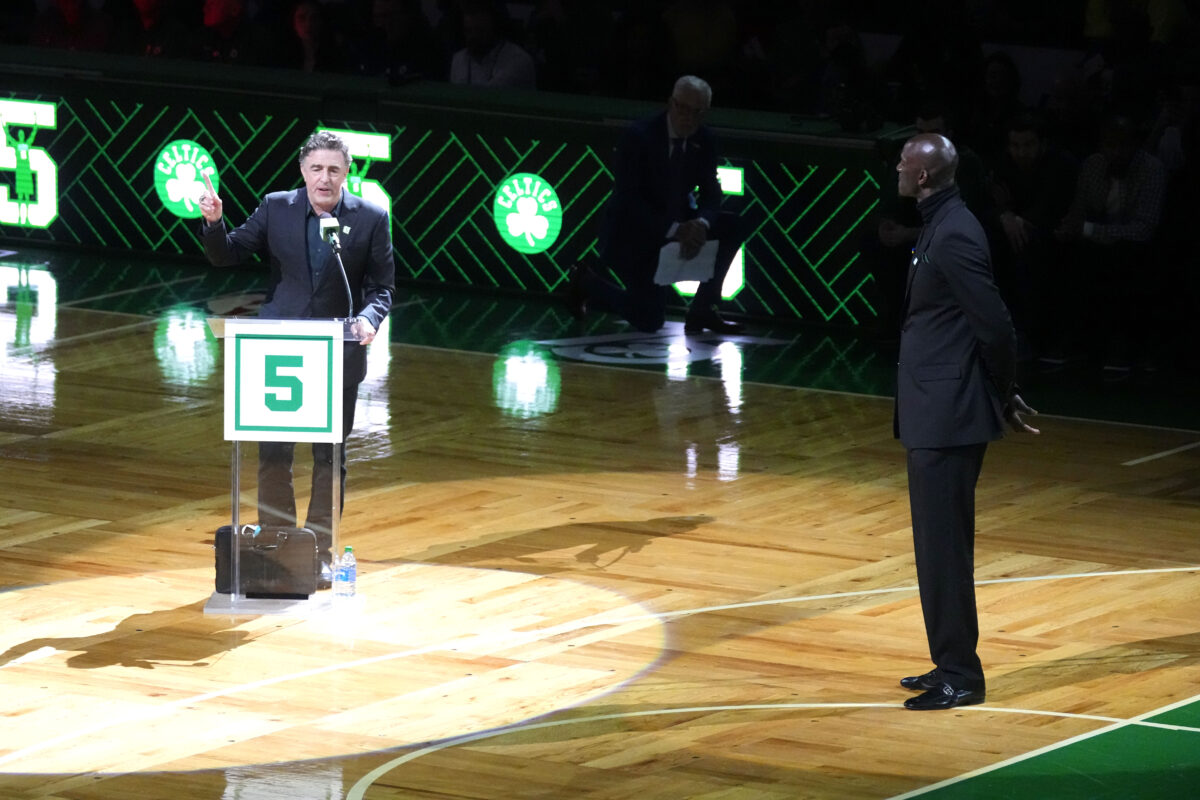On this day in Boston Celtics history, champion power forward Thomas Ernest “Satch” Sanders was born in New York City, New York. Satch — as he was more commonly called — played his college ball at New York University, and would be drafted by the Celtics eighth overall in the 1960 NBA draft.
Sanders joined Boston just as it was establishing its dynasty of titles in the 1960s, winning eight with the team in that decade — a feat only surpassed by teammates Bill Russell and Sam Jones and equaled by Tommy Heinsohn, John Havlicek, and K.C. Jones, all Celtic teammates from that era as well.
The New Yorker would retire as a player to get into coaching (including Boston in 1978) in 1973, averaging 9.6 points, 6.3 rebounds, and 1.1 assists per game with the Celtics.




